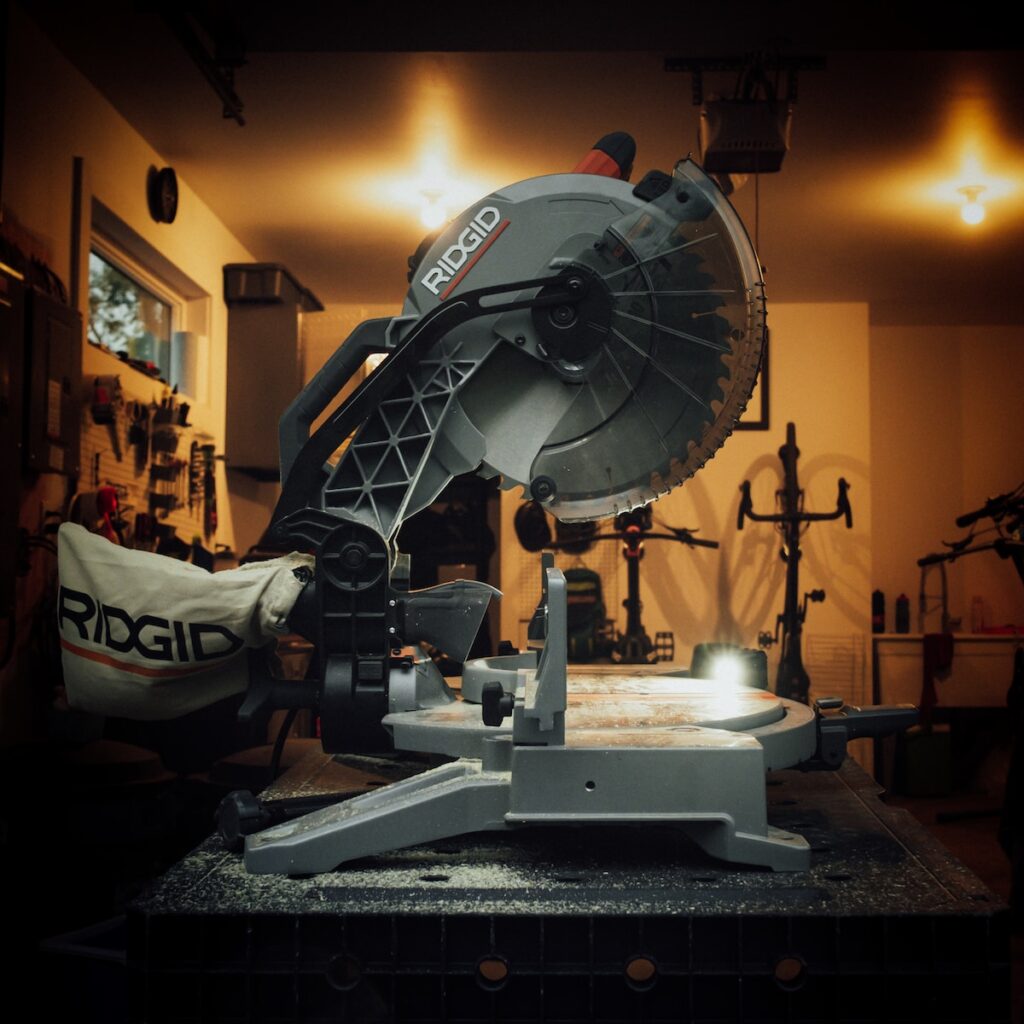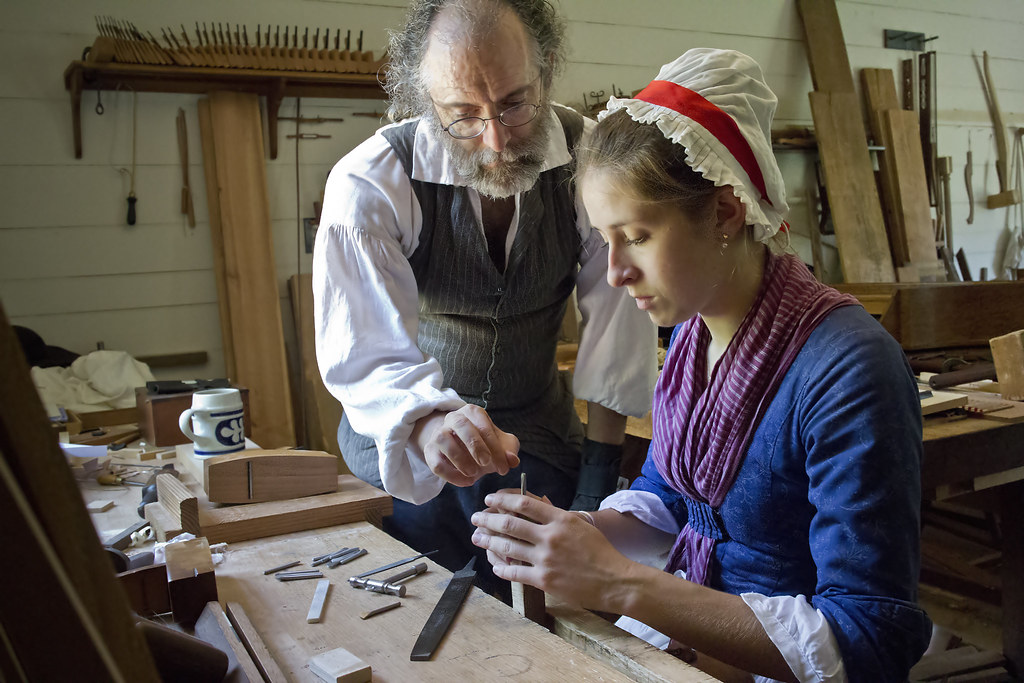I. Introduction
Woodworking, as a craft, has a rich and storied history that spans millennia. From the earliest days of human civilization to the modern age, woodworking has evolved significantly, and this evolution has been shaped by the tools and technologies used by artisans and craftsmen. Understanding the transition from traditional hand tools to modern digital machines in woodworking is not just a journey through time, but a reflection of human ingenuity and progress.
II. Ancient Woodworking Techniques
A. Early history of woodworking
The origins of woodworking can be traced back to ancient civilizations such as Egypt, where evidence of intricate wooden furniture and tools dates back to over 3000 BCE. Woodworking was essential for constructing shelters, tools, and art in these early societies.
B. Tools used in ancient woodworking
In ancient times, woodworking relied on simple hand tools such as chisels, saws, and mallets. These tools were crafted from stone, bone, and later, metals like bronze and iron.
C. Notable woodworking achievements from antiquity
One of the most remarkable woodworking achievements of antiquity is the construction of the Egyptian funerary boats. These intricately crafted wooden vessels, some dating back to 2600 BCE, showcase the advanced woodworking skills of the time.
III. The Renaissance Era and Woodworking
A. How the Renaissance influenced woodworking
The Renaissance era brought about a resurgence in artistic and scientific innovation. Woodworking, too, was profoundly impacted, with artisans focusing on intricate design and craftsmanship. Woodworkers began to experiment with new designs and techniques.
B. Advancements in hand tools during this period
The Renaissance witnessed significant advancements in hand tools, including the introduction of the turning lathe and more sophisticated saws, which allowed for finer detail work.
C. Notable woodworking projects from the Renaissance era
Leonardo da Vinci, a polymath of the Renaissance, was renowned for his woodworking inventions, including designs for machines that would later foreshadow the Industrial Revolution.

IV. Industrial Revolution and Woodworking
A. Impact of the Industrial Revolution on woodworking
The Industrial Revolution, a turning point in human history, revolutionized woodworking. Mass production became possible, and woodworking transitioned from a largely handcraft to a mechanized industry.
B. Introduction of machinery to woodworking
Steam-powered machines, such as the bandsaw and planer, drastically increased the efficiency and productivity of woodworking shops. This era marked the beginning of the mechanization of the craft.
C. Key developments in woodworking technology
One of the most significant advancements was the development of interchangeable parts, a concept that played a pivotal role in modern manufacturing and woodworking. It allowed for the mass production of furniture and other wooden goods.
V. Traditional Hand Tools
A. Detailed exploration of traditional hand tools
Traditional hand tools, including chisels, hand saws, and carving tools, have remained integral to woodworking even in the digital age. They offer a connection to the craft’s roots and allow for precision and craftsmanship.
B. Their significance in woodworking
Traditional hand tools are celebrated for the level of skill and artistry they demand. They are essential for fine woodworking and craftsmanship that cannot be replicated by machines alone.
C. Preservation of handcraftsmanship in modern times
While modern technology has transformed woodworking, there is a growing movement to preserve traditional craftsmanship. Many artisans and enthusiasts still embrace and teach these ancient techniques to ensure they are not lost to history.
VI. Introduction to Modern Woodworking Machinery
A. Emergence of modern woodworking machinery
The 20th century saw the emergence of modern woodworking machinery powered by electricity and, later, computer technology. These machines have revolutionized woodworking in terms of precision and efficiency.
B. Categories of woodworking machines
Modern woodworking machines can be categorized into various types, including saws, planers, routers, and sanders, each designed to perform specific tasks with a high degree of accuracy.
C. Their role in enhancing efficiency and precision
Modern machines have made it possible to create complex, repeatable cuts and shapes with minimal effort. This level of precision has opened up new possibilities for woodworking projects.
VII. CNC Machines in Woodworking
A. Definition and explanation of CNC (Computer Numerical Control) machines
CNC machines are a pinnacle of woodworking technology. They are automated tools guided by computer programs, allowing for highly precise and intricate woodwork.
B. Applications and advantages of CNC machines in woodworking
CNC machines have found applications in creating custom furniture, intricate carvings, and even complex joinery. Their ability to execute complex designs with speed and accuracy is unmatched.
C. Notable projects created using CNC technology
CNC technology has given rise to extraordinary creations, from intricately designed wooden sculptures to custom-made, precision-crafted furniture pieces that were once considered unattainable by traditional means.

VIII. Automation and Robotics in Woodworking
A. The role of automation in woodworking
Automation in woodworking involves the use of robots and automated systems to perform tasks such as material handling, sanding, and finishing. These systems enhance efficiency and safety in large-scale woodworking operations.
B. Advancements in robotic technology in the industry
Robotic arms and machinery have become integral to woodworking factories, performing repetitive and physically demanding tasks with precision. They also reduce the risk of accidents by taking on dangerous jobs.
C. Benefits of robotic assistance in woodworking
Robotic assistance has improved the safety of woodworking operations while increasing production capacity. It allows human craftsmen to focus on more creative and intricate aspects of the craft.
IX. CAD/CAM Software in Woodworking
A. Introduction to CAD (Computer-Aided Design) and CAM (Computer-Aided Manufacturing)
CAD and CAM software have been game-changers in woodworking. CAD aids in designing intricate projects with 3D models, while CAM translates these designs into machine instructions, ensuring precision in production.
B. How CAD/CAM software has revolutionized woodworking
CAD/CAM software enables woodworkers to visualize complex designs and ensure they are executed flawlessly by CNC machines. This synergy between design and production has expanded the possibilities in woodworking.
C. Popular CAD/CAM programs used by woodworkers
Notable CAD/CAM programs in woodworking include AutoCAD, Rhino, and Vectric Aspire. These programs offer a wide range of tools for designing and generating machine code for CNC routers and mills.
X. Sustainable Woodworking Practices
A. The importance of sustainability in modern woodworking
As environmental concerns grow, woodworkers are increasingly embracing sustainable practices. This involves using responsibly sourced wood, reducing waste, and minimizing environmental impact.
B. Techniques and materials for eco-friendly woodworking
Woodworkers are turning to reclaimed wood, bamboo, and other sustainable materials. Additionally, they adopt eco-friendly finishes and recycling methods to reduce the carbon footprint of their creations.
C. Case studies of sustainable woodworking projects
Notable sustainable woodworking projects include furniture crafted from reclaimed timber, which not only preserves natural resources but also adds character and history to the final product.
XI. Challenges in the Digital Age of Woodworking
A. Discussing the drawbacks of digital woodworking technology
While digital technology has brought tremendous advantages, it is not without challenges. Woodworkers face a learning curve when adopting new tools, and the initial investment in machinery can be substantial.
B. Skills required to operate modern woodworking machinery
Operating CNC machines and CAD/CAM software requires training and expertise. Woodworkers must continually update their skills to keep pace with technological advancements.
C. Balancing traditional craftsmanship with digital tools
Finding the right balance between traditional craftsmanship and digital tools can be challenging. Many woodworkers aim to preserve the tactile and artistic aspects of woodworking while harnessing the precision and efficiency of digital technology.
XII. Woodworking Safety
A. Safety measures when using both hand tools and digital machines
Safety is paramount in woodworking. This section covers the importance of safety goggles, dust masks, hearing protection, and proper ventilation, regardless of whether one is using hand tools or machinery.
B. Common woodworking accidents and how to prevent them
Common accidents include kickback, cuts, and splinters. Understanding the causes and adhering to safety guidelines can significantly reduce the risk of injuries.
C. Safety certifications and regulations in the woodworking industry
Woodworking organizations and governmental bodies often establish safety standards and certifications for both hand and machine woodworking. Compliance with these regulations is vital for both professional and hobbyist woodworkers.
XIII. Future Trends in Woodworking Technology
A. Predictions for the future of woodworking technology
The future of woodworking technology is exciting, with possibilities such as 3D printing of wooden objects and AI-assisted design becoming more accessible.
B. Innovations on the horizon
Emerging technologies like augmented reality (AR) and virtual reality (VR) are poised to revolutionize design and training in woodworking. Additionally, smart tools that monitor and optimize woodworking processes are likely to become more prevalent.
C. How woodworkers can prepare for technological advancements
Woodworkers should embrace lifelong learning and stay updated on new tools and techniques. Collaborations between traditional woodworkers and technologists can drive innovation and ensure the craft’s continued growth.

XIV. Famous Woodworkers in History
A. Profiles of renowned woodworkers from different eras
This section highlights famous woodworkers like Thomas Chippendale, George Nakashima, and James Krenov, showcasing their contributions to woodworking history.
B. Their contributions to the craft
These woodworkers left indelible marks on the field, whether through innovative designs, craftsmanship, or teaching the next generation of artisans.
C. Legacy in modern woodworking
Their legacies continue to inspire modern woodworkers, who draw upon their work and philosophy to shape the future of the craft.
XVI. Conclusion
In tracing the evolution of woodworking from its ancient roots to the digital age, it is clear that the craft has continually adapted to the tools and technologies of its time. While modern woodworking is marked by the integration of digital machines and software, traditional handcraftsmanship remains a cherished art form. The future of woodworking lies in embracing innovation while preserving the timeless artistry that makes this craft so enduring and captivating. As woodworkers navigate the digital age, they are poised to create incredible works that bridge the gap between tradition and technology, ensuring woodworking’s place in the annals of human creativity.



